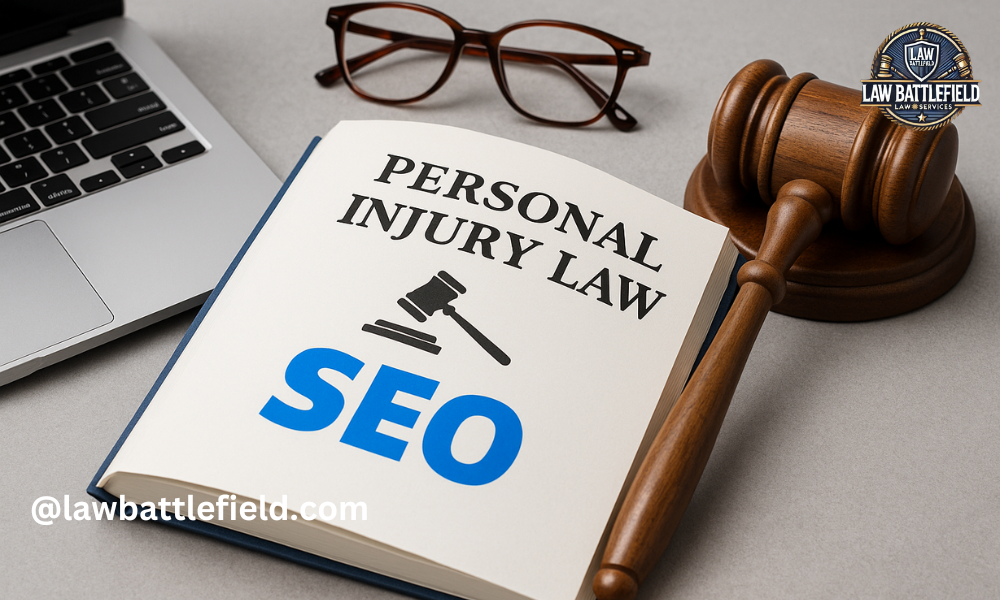Navigating personal injury claims in New York requires understanding the time limits that govern your rights. These time limits, known as statutes of limitations, determine how long you have to file a lawsuit after an injury occurs. Missing these deadlines means losing the opportunity for compensation. Each personal injury case has its own specific timeframe. For example, car accidents, medical malpractice, and slip-and-fall cases each follow different rules.
Knowing these distinctions empowers you to act promptly. Experienced New York personal injury attorneys can guide you through these complexities. They offer the expertise needed to ensure your claim is filed on time. This understanding is crucial for protecting your legal rights and receiving the justice you deserve. By taking informed steps now, you prevent future regrets. Your timely action can make a significant difference in the outcome of your case. Understanding these timelines is the first step toward securing your rightful compensation.
Why Statutes Of Limitations Matter
Statutes of limitations exist to ensure fairness in legal proceedings. They prevent indefinite delays and encourage you to pursue your case while evidence is still fresh. For personal injury claims, these time limits can vary based on the type of injury and the parties involved. Acting within these limits not only protects your rights but also reinforces your commitment to justice.
Comparison of Statutes for Various Cases
Below is a table that outlines the statute of limitations for different personal injury cases in New York:
| Type of Case | Statute of Limitations |
| Car Accidents | 3 years |
| Medical Malpractice | 2 years, 6 months |
| Slip and Fall | 3 years |
| Product Liability | 3 years |
| Wrongful Death | 2 years |
Understanding these limits helps you plan your actions more effectively. For instance, the time allowed for medical malpractice is shorter than for car accidents. This knowledge is crucial when deciding how to proceed.
Steps To Take Immediately After An Injury
After sustaining a personal injury, take immediate actions to protect your future claim:
- Seek medical attention to document your injuries.
- Gather evidence, such as photographs and witness statements.
- Report the incident to the relevant authorities like the police or property owners.
- Consult with an attorney to evaluate your case.
These steps create a strong foundation for your claim and ensure you meet all legal requirements. Prompt action can significantly affect your ability to seek compensation.
The Role Of Attorneys
Consulting an attorney ensures that you meet all deadlines. They provide valuable insights and handle the complexities of legal paperwork. Their expertise can prevent errors and maximize your compensation. An attorney can represent your interests and negotiate fair settlements.
Final Thoughts
Failing to understand the statute of limitations can have serious consequences. By knowing the time constraints, you safeguard your right to seek justice. Prioritize learning about these limits to protect your legal claims. With proper guidance and timely action, you can secure the compensation you deserve. Whether facing a car accident, medical malpractice, or another injury, understanding these timelines is essential. Stay informed and proactive to ensure success in your personal injury case. Recognizing these deadlines helps you focus on recovery and resolution. By taking these steps, you ensure your rights are fully protected.
Was this article helpful? Check out more on Lawbattlefield.com
How Do Personal Injury Attorneys Handle Long-Term Disability Claims?





